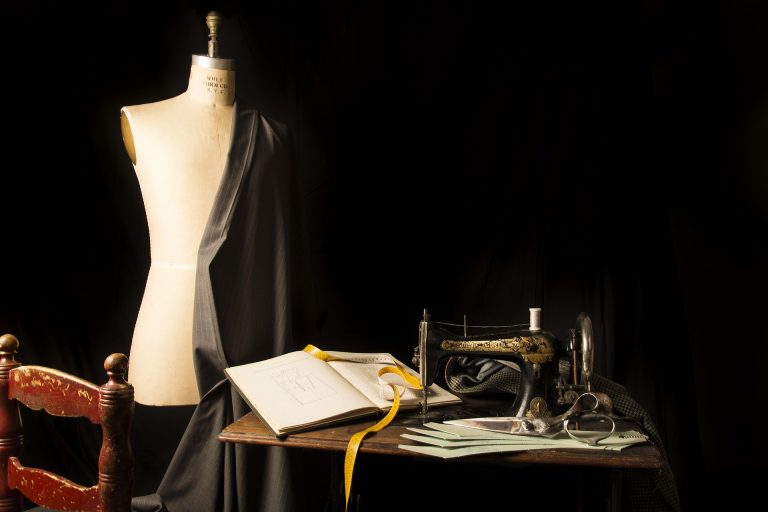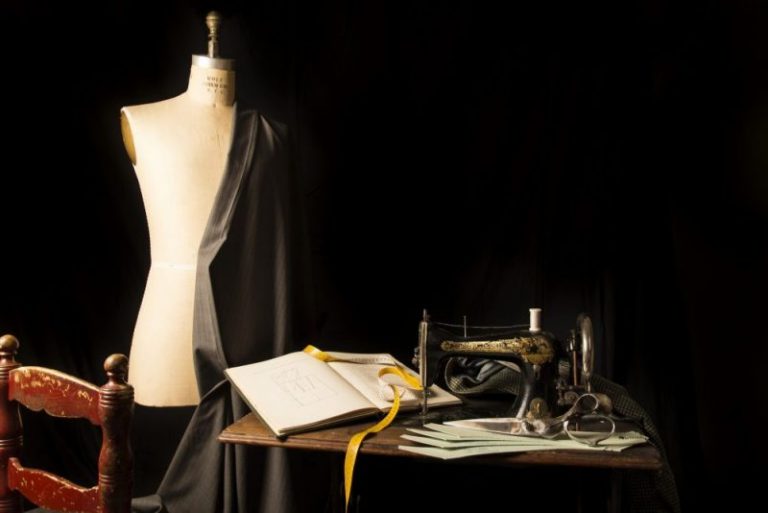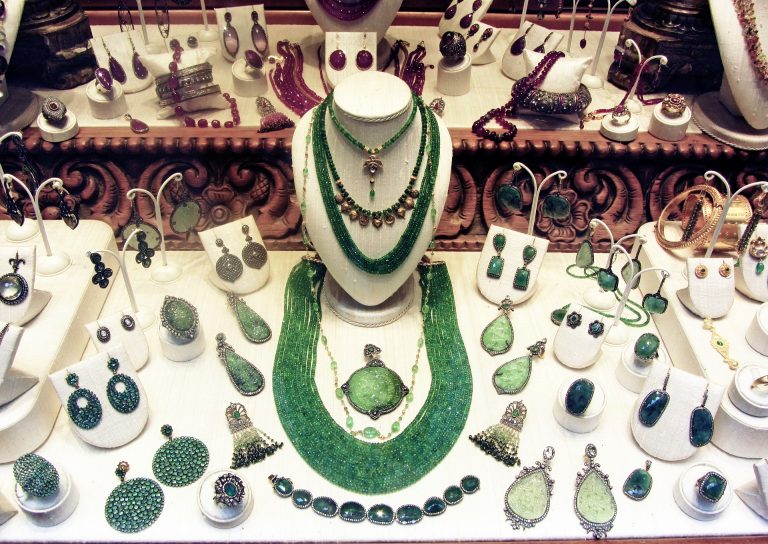The role of an art curator is a person who chooses and often interprets different works of art, whether they are paintings, sculptures, tapestries, or video art. As such, this position requires an expensive knowledge of art and art history.
The curator is usually responsible for writing labels, catalog essays, and other materials promoting art exhibitions, in addition to choosing works. Art curators have an eye for a range of art forms and a passion for arranging artwork in a way that stimulates excitement within the exhibition space.
Ultimately, art curators help the art speak. People in this position help the art tell a story to visitors of the exhibition. To learn more about this career, continue reading.
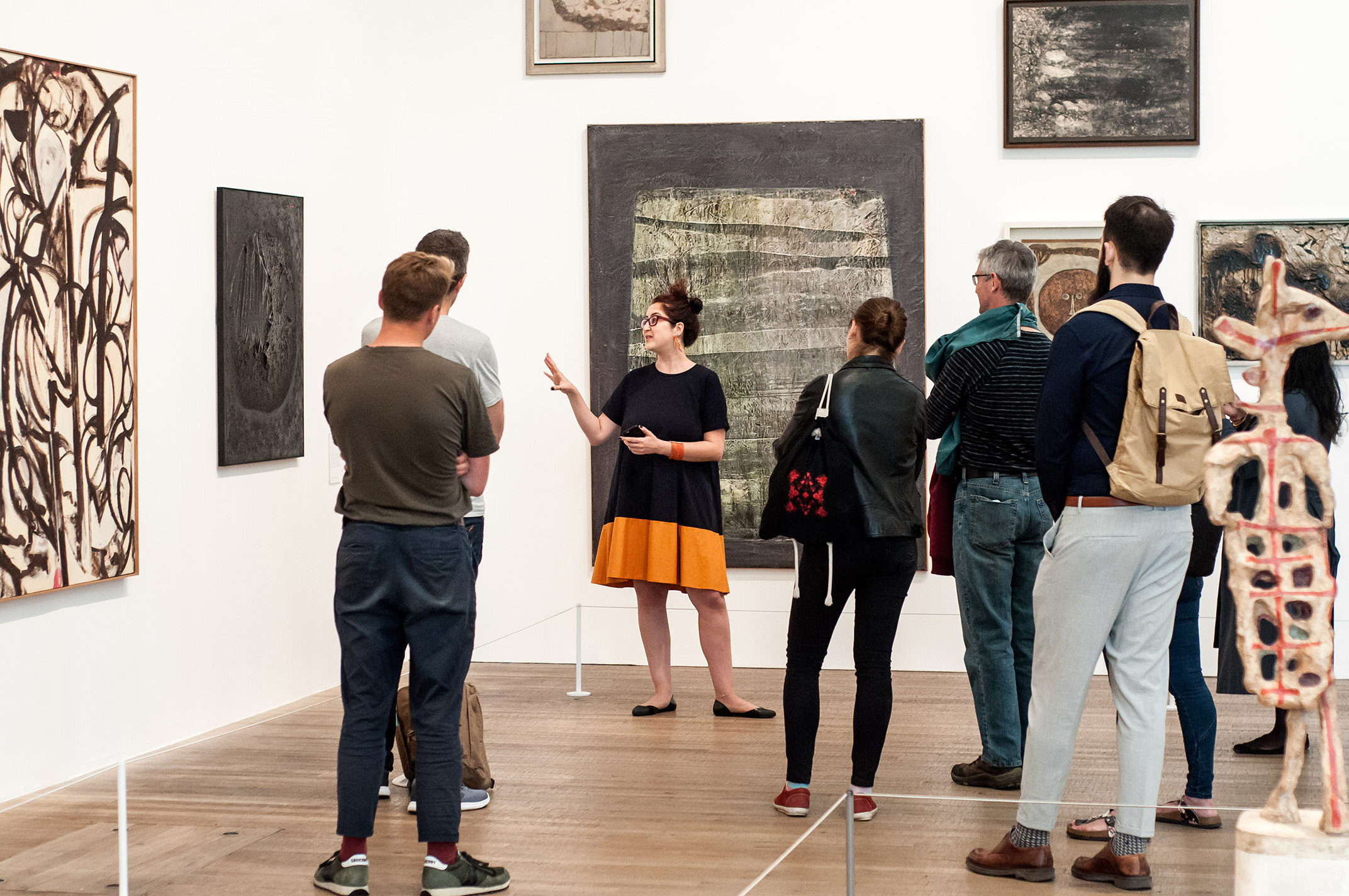
Education And Training To Become An Art Curator
Completing undergraduate school is the first step towards a career as an art curator. Aspiring curators typically major in various undergraduate disciplines, such as art history, before applying to graduate schools. There is no specific degree area necessary, though a strong background in liberal arts and coursework in art history is often needed.
You can go on to graduate school once you have completed your undergraduate schooling. Employers often prefer to recruit art curators who have either a master’s degree or a doctoral degree in art history. Such degrees typically allow students to specialize in a specific geographic area or art forms, such as 20th-century art, American art, painting, or sculpturing.
You can improve your professional skills with a variety of tools like desktop publishing, project management, graphics modeling, and database and query applications to achieve proficiency. You may also want to improve your communication skills with speech and communication lessons to prepare for a career talking to customers, donors, and art students.
How To Apply For The Job
Positions of art curators are in high demand and are offered by a number of galleries, museums, and other art-related organizations. The Bureau of Labor Statistics reports that the projected employment forecast for curators from 2018 to 2028, is a 10% increase. This is driven by continued and increasing interest in museums and other cultural centers.
Look for available positions with job-search resources such as Indeed.com, Monster.com, and Glassdoor.com. You can also visit the individual museum websites or visit them in person to apply for existing job openings. Additionally, you can also look for an opportunity to do volunteer work on online sites like VolunteerMatch.org. You can also directly contact various museums and offer your curatorial services.
Other Tips For Success
Seek continuing education opportunities in professional development. For instance, in the U.S., the American Association of Museums offers museum staff professional development classes, seminars, and conferences. Such learning programs provide opportunities for continuing education and networking.
Gain experience in the job. Aspiring art curators can complete a curation internship that provides hands-on learning in the management and development of art exhibits and installations, as well as the planning and administrative processes involved in running a museum. These opportunities also improve communication and leadership skills.
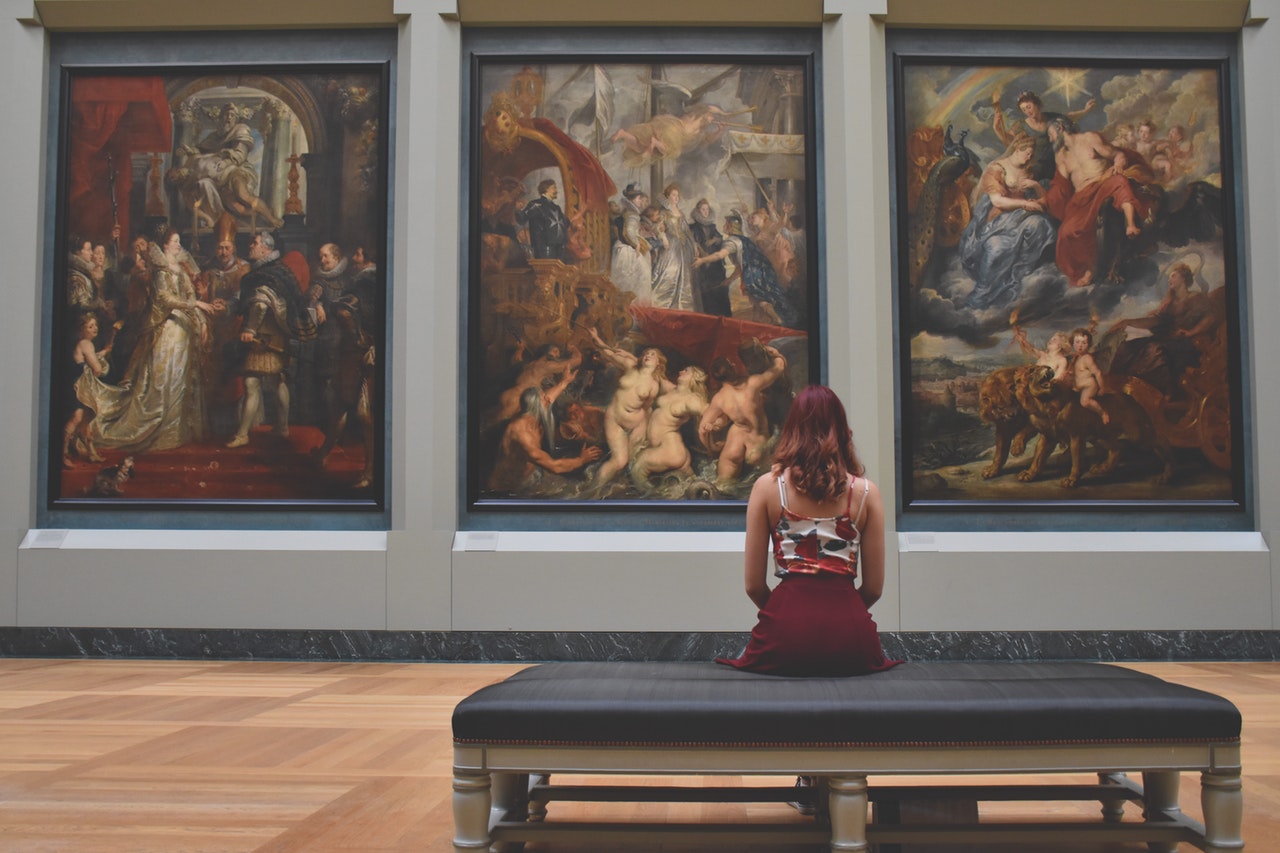
Conclusion
Typically, art curators specialize in specific areas of art, such as Western, Asian, or contemporary art. The responsibilities of a curator at work are extensive; they can hold public events such as lectures and workshops, write grants, and run fundraising activities. They also perform research projects and write articles.
Also read – Discover the Best Apps that Turn Photos into Drawings
Also read – Smithsonian Institute: How to Get a Wonderful Career


